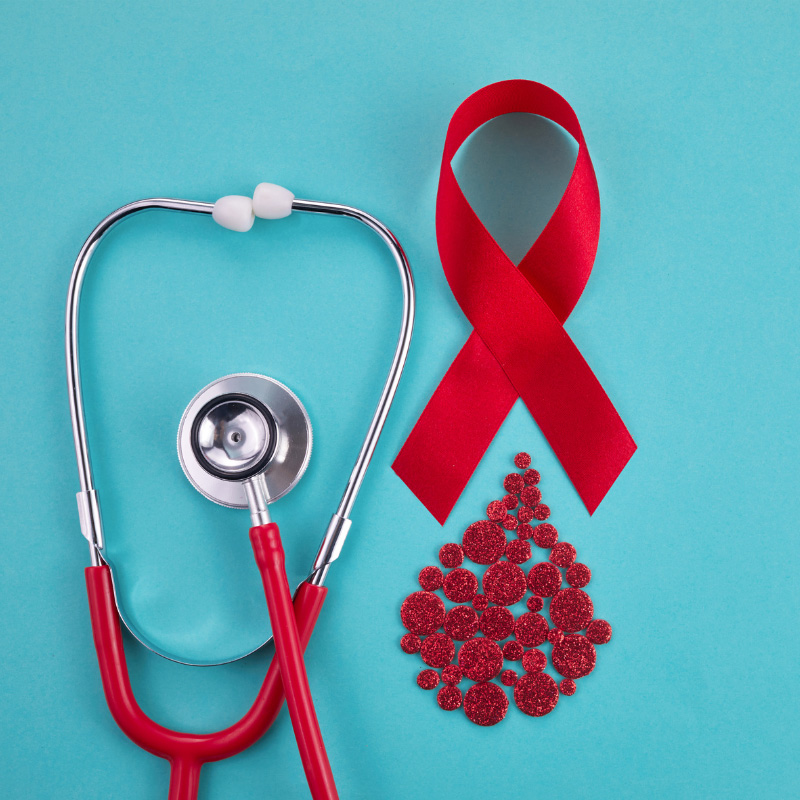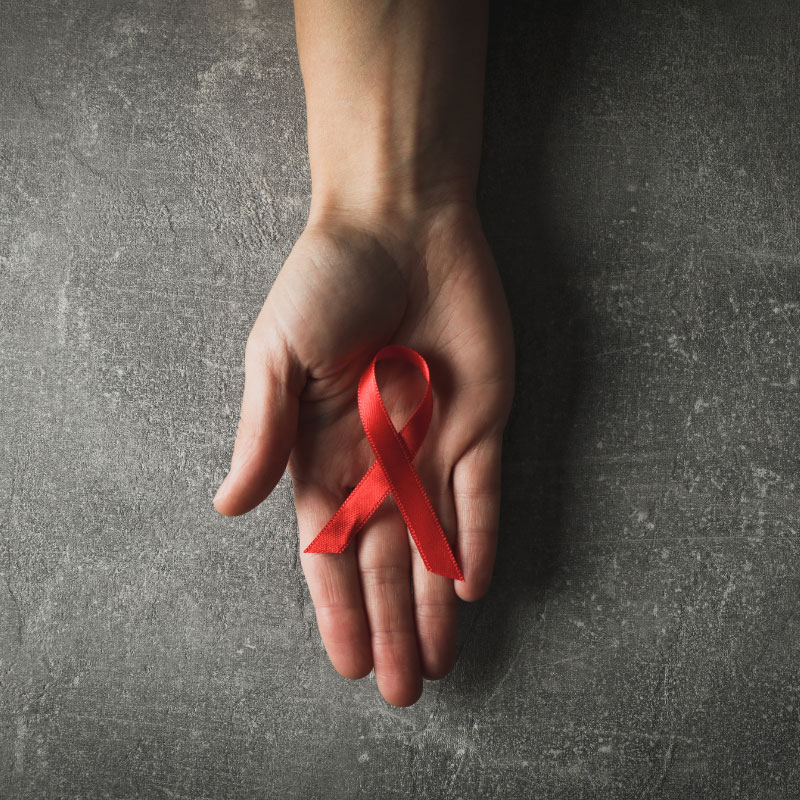Bleeding Disorders
Bleeding disorders are a group of disorders that share the inability to form a proper blood clot. They are characterized by extended bleeding after injury, surgery, trauma or menstruation. Sometimes the bleeding is spontaneous, without a known or identifiable cause. Improper clotting can be caused by defects in blood components such as platelets and/or clotting proteins, also called clotting factors. The body produces 13 clotting factors. If any of them are defective or deficient, blood clotting is affected; a mild, moderate or severe bleeding disorder can result.
Some bleeding disorders, such as hemophilia, can be inherited or acquired. Others can occur from such conditions as anemia, cirrhosis of the liver, HIV, leukemia and vitamin K deficiency. They also can result from certain medications that thin the blood, including aspirin, heparin and warfarin.
Symptoms
Symptoms of a bleeding disorder include:
- Bleeding into joints, muscles and soft tissues
- Excessive bruising
- Prolonged, heavy menstrual periods (menorrhagia)
- Unexplained nosebleeds
- Extended bleeding after minor cuts, blood draws or vaccinations, minor surgery or dental procedures
Treatment
Treatment for bleeding disorders varies, depending on the condition and its severity. For some bleeding disorders, there are clotting factor concentrates that can be infused prophylactically or on-demand at home, to prevent or treat bleeds. For other bleeding disorders, there are topical products, nasal sprays and fresh frozen plasma, which is administered in a hospital setting.

Hemophilia


